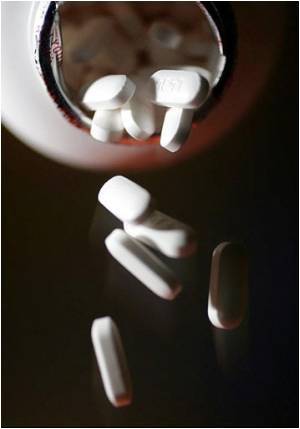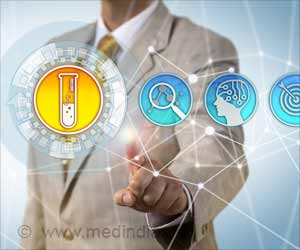Torcetrapib - a drug used to improve the levels of good cholesterol may also help control blood sugar in people with diabetes, reveals analysis published in Circulation.

The study found that 6,661 people with type 2 diabetes also known as "adult-onset" diabetes showed improved blood sugar control when taking torcetrapib along with a statin medication that reduces low-density lipoproteins (LDLs or "bad" cholesterol). Subjects who took a statin and a placebo did not see such improvements.
"The possibility that CETP inhibitor drugs may not only reduce the risk of heart attack and stroke, but may also improve the control of blood sugar in people with diabetes, is an exciting prospect that may translate into real health benefits for people with diabetes," said the study's lead author, Philip Barter, M.B.B.S., Ph.D., a professor of medicine and director of the Heart Research Institute at the University of Sydney in Australia.
About 220 million people worldwide have diabetes, according the World Health Organization. An estimated 90 percent to 95 percent of them have type 2 diabetes, which increases the risk for heart disease, stroke and various other health problems.
While the experimental drug was not as effective in taming diabetes as drugs that are commonly used for that purpose, it did reduce the adverse impact on blood sugar commonly seen with statin use, Barter said. "Inhibition of CETP has the potential to prevent a worsening of diabetic control that often occurs in people taking statin drugs," he said.
The clinical trial called ILLUMINATE (Investigation of Lipid Level Management to Understand its Impact in Atherosclerotic Events) involved more than 15,000 people ages 45 to 75. They all had a history of heart attack, stroke, chest pain, peripheral vascular disease or cardiac revascularization (angioplasty or bypass). All were taking medicine to help control their diabetes. The trial was stopped prematurely in 2006 when patients receiving torcetrapib and a statin called atorvastatin had more cardiovascular problems and deaths than those given atorvastatin and a placebo. Researchers later determined those problems were due to other effects of the drug, not its CETP inhibition.
Advertisement
The analysis of the ILLUMINATE data found:
- After three months of treatment, those given both drugs had fasting blood sugar 0.34 millimoles per liter lower than in the group receiving just the statin.
- Fasting insulin was 11.7 microunits per milliter lower in the group receiving both drugs, and insulin resistance was also improved.
- After six months, average levels of blood sugar control over a months-long period were lower in the group receiving both drugs (7.06 percent) versus the group receiving just the statin (7.29 percent).
Advertisement
A key strength of the study, Barter said, is the size of ILLUMINATE. Yet scientists must determine whether the blood sugar effects were due to the drug's CETP inhibition or some other mechanism an issue that current trials with dalcetrapib and anacetrapib should help clarify, Barter said.
Source-Eurekalert















